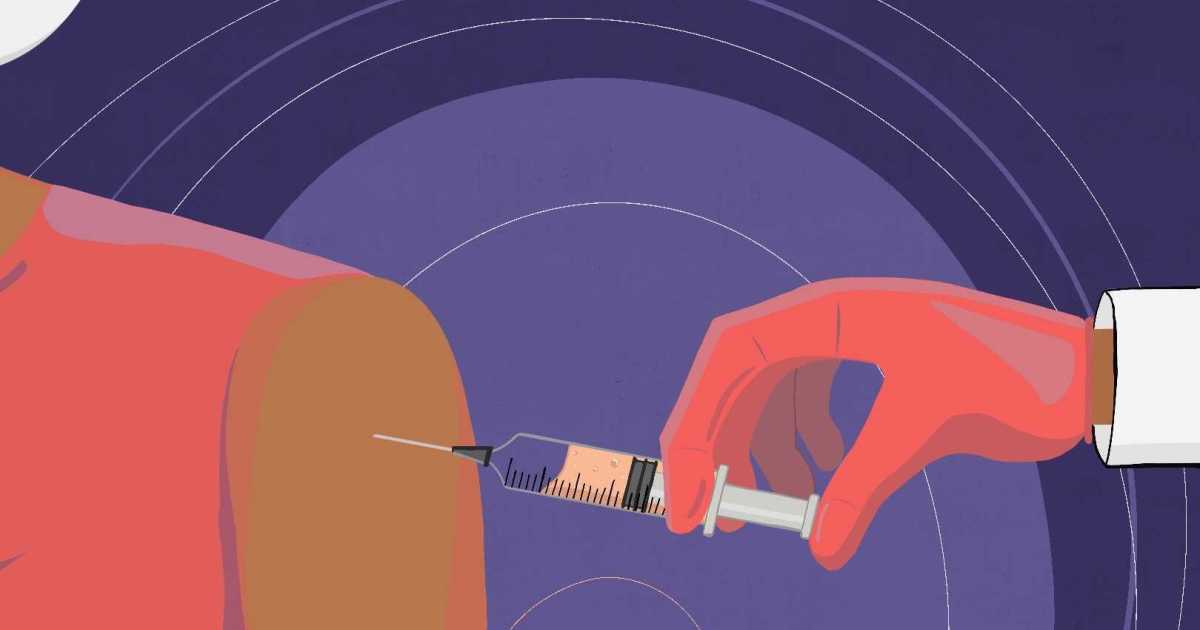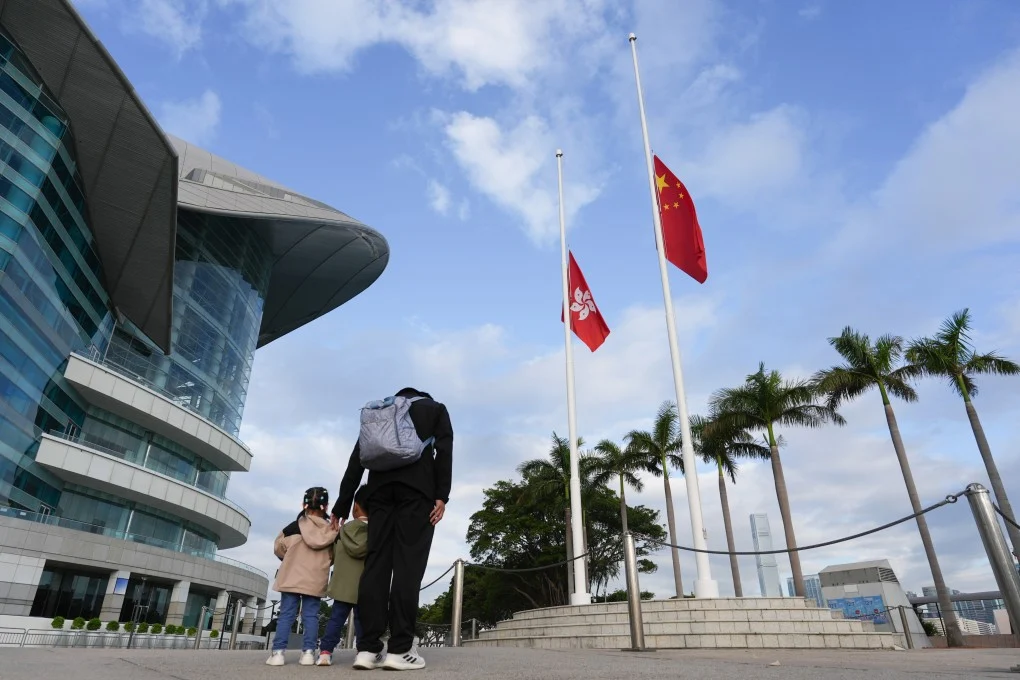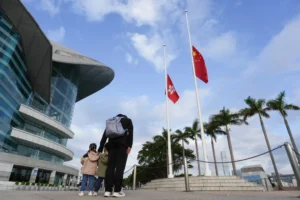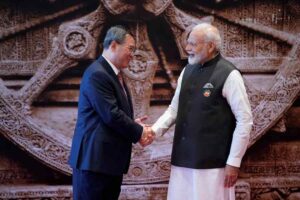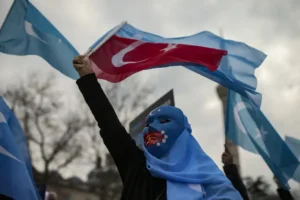Where will the next COVID hotspots be?
Dr Khan explains why cases are rising across the Indian sub-continent, and asks why so many pregnant women are dying from COVID in Brazil.
Since its original outbreak in Wuhan we have seen the epicentre of the COVID-19 pandemic move from the Far East to Europe and the US and, as wealthier countries vaccinate their way out of their own crises, the epicentre has swung back to hit less developed nations in South Asia.
India
India has seen a rapid and well-publicised increase in COVID cases. After a stepwise easing of restrictions across the country throughout 2020, India’s leader, President Narendra Modi, declared the country was in the “end game” of the pandemic. Soon after this bold statement, large religious and political gatherings were allowed to take place with little regard for social distancing and, inevitably, cases began to soar. On May 3, India hit the grim milestone of 20 million COVID cases, though the true number is thought to be much higher.
The brunt of the cases in India are thought to be due to the B1.1.7 variant, which originated in the UK. It is a variant we know is more infectious and able to spread more rapidly and, sadly, India has provided the virus with a large reservoir of people to infect and more importantly, enabled it to mutate again.
The resulting new Indian “double mutant” variant has caused worldwide concern because it is thought to be even more infectious and it may well be able to evade some of the protection offered by vaccinations and previous infections.
To add to India’s woes, despite an issue with vaccine hesitancy among some parts of the population, India had a promising start to its vaccination programme. However, as supply of raw materials from the US, needed to manufacture vaccines, came under pressure, India has struggled to keep up with demand.
This has left huge swathes of the population exposed; hospitals have quickly become overwhelmed amid chaotic scenes where people have been unable to access basic health care. As oxygen and drugs used to limit the severity of the disease have become a luxury, the Indian black market has flourished with opportunists preying on the vulnerable, selling medical supplies at premium prices.
Countries around the world have recognised it is in their interests to send medical aid to India to help stem the spread of the virus, but not before India hit record daily death rates.
Pakistan
As tragic as the situation is in India, other South Asian countries are now beginning to see increases in COVID-19 infections as well. Across the border, Pakistan has experienced a sharp rise in cases and reported more than 140,000 new infections of COVID and more than 3,000 deaths in April alone.
Pakistan, which has a population of 217 million compared to India’s 1.37 billion, recorded its highest daily death rate on April 28 with 201 reported deaths.
With ICU beds in high demand, there is now concern that Pakistan may suffer a similar fate to neighbouring India. Pakistan appeared to escape the initial two waves of the coronavirus pandemic relatively unscathed. With its densely packed population and areas of deep poverty, scientists remain puzzled as to why the country did not suffer higher infection and death rates during 2020.
However, the arrival of the UK variant, as well as apathy from Pakistanis about the virus have led to a recent surge in cases.
Social distancing measures are now being encouraged by Pakistan’s prime minister, Imran Khan, who addressed the nation after a meeting of the National Coordination Committee on April 23. He said: “I am appealing to you to follow SOPs (standard operating procedures) so that we don’t have to take steps that India is taking which means imposing lockdowns. Half the problem is solved when you wear face masks.” He has also enlisted the help of the Pakistani army to aid the police force in ensuring standard operating procedures are adhered to by the public. These include: Schools in districts with a higher than 5 percent positivity rate remaining closed until Eid; markets being closed at 6pm (excluding essential shops and pharmacies); indoor and outdoor collective dining being banned until Eid (with only takeaways and deliveries allowed); offices closing at 2pm and operating at 50 percent staff capacity; and all flights to India banned.
The approach of Eid al-Fitr in May, when people typically do more shopping and socialising, has raised concerns, and citizens are being encouraged to enjoy simpler and smaller festivities this year.
Pakistan’s vaccination programme is also progressing slowly, due to issues with vaccine hesitancy and some indifference from the Pakistani public because of relatively low numbers of deaths in the initial waves of the pandemic. The country has approved the Chinese Sinopharm vaccine for use as well as Russia’s Sputnik V vaccine. It is also expected to receive millions of doses of the Oxford Astra Zeneca vaccine through the global COVAX scheme. So far, only 1 percent of the population has been vaccinated either through the government’s free scheme or the private sector, for those who can afford it.
Ramadan, a month that involves fasting through the day but an increase in indoor mixing either in homes or places of worship in the evenings, coupled with the run-up to and arrival of the Eid festivities, will prove a testing time for Pakistan. If the authorities are unable to get the public on their side with social distancing measures, it may suffer the same fate as neighbouring India.
Bangladesh
Over to the east of India lies Bangladesh. It, too, was relatively unscathed during the 2020 waves of the pandemic, but this has led to people becoming complacent about the virus and not adhering to social distancing measures. March and April saw a resulting rise in COVID cases in Bangladesh (population, 163 million) which prompted the government to impose new restrictions across the country. On April 19, Bangladesh recorded its highest daily death rate at 112 deaths. A full lockdown was implemented on April 14.
Since cases began to rise, the government has imposed restrictions following the lockdown, including a ban on public gatherings in areas where infection rates are high and a travel ban to and from countries the government considers high risk. Planned elections for some areas have also been postponed. Vaccinations are underway but progressing slowly, with only 2.81 million having received both doses of the vaccine and about 8 million doses given in total. The key for Bangladesh is to hope that India’s troubles do not spill over the border and wreak havoc on the healthcare system. The government and health officials must now work hard to convince the population that this virus must be taken seriously and that restrictions need to be adhered to.
Nepal, Afghanistan and Sri Lanka
In the surrounding areas, Nepal, Afghanistan and Sri Lanka have seen more modest rises in cases over March and have received vaccines through a number of donation routes, but it remains to be seen if what we see playing out in India will be repeated there.
Many countries have been sending aid to India and will be watching the developments in this part of the world with interest. We have seen how containing the pandemic in one part of the world is impossible; movement of people and goods, coupled with the fact that one in three people who have coronavirus exhibit no symptoms, means the virus will cross borders.
What local governments do to stem the spread of the disease will be crucial to us all. This is a global pandemic which will not be over until it is over everywhere and that might mean countries putting their own immediate interests aside to help others.
[Illustration by Jawahir Al-Naimi/Al Jazeera]
Progress report: Why are pregnant women dying from COVID in Brazil?
While much of the world’s focus remains on the Indian subcontinent, it is important not to forget about other parts of the world struggling to get on top of COVID-19 cases. Brazil (population, 211 million) is one such country; with a leader who is in denial and soaring case numbers, the situation there is desperate.
A particularly worrying development is the number of pregnant or new mothers who have died – some with blood clots – after being infected with COVID-19 in Brazil. More than 800 women have died in this way – more than half since February this year, when Brazil entered its most deadly phase of the pandemic.
The situation has become so serious that a health ministry official, Raphael Parente, said during a news conference on April 16: “If it’s possible, delay pregnancy a little until a better moment.” Referring to the Brazil P1 variant, which is thought to be more transmissible and to be able to evade some of the antibodies created through vaccination and previous infection, he went on to say: “The clinical experience of specialists shows that this new variant acts more aggressively in pregnant women.”
This is because being pregnant in itself can increase the risk of developing blood clots, and a COVID-19 infection increases that risk further. As well as this increased risk of clots, Brazil’s health service is under incredible strain from the sheer volume of people becoming infected with COVID-19, meaning people including pregnant women are finding it increasingly difficult to access the care they need, and the country already has historical inequalities when it comes to accessing prenatal healthcare.
It has taken until this week – following a public outcry – for Brazil to prioritise pregnant women for the COVID-19 vaccine. But the vaccination programme has been slow, blighted by delayed deliveries, and only 10 percent of the adult population has, so far, received both doses.
Brazil has a challenging time ahead; getting ahead of this pandemic will not be easy. Leaders must step up and take the virus seriously. The international community must step up as well; the P1 Brazil variant is a danger to us all, once again proving this virus still has devastating tricks up its sleeve.
Personal account: Fearing for my relatives in India
As someone with close family in India, it has been heartbreaking to see the country devastated by the current wave of COVID-19 infections. Each time I see a new report, like many people who have family in India, my heart is filled with dread. It is like watching a tragedy play out halfway across the world, except it is close to home because those at risk are your loved ones.
In my family, we speak to our relatives in India on a daily basis. They are based in Saharanpur, a town in the north of the country. Initially, it was they who were worried about us. The UK saw a huge rise in death rates over the winter months and they would phone regularly to see if we were okay.
“We have seen it on the news,” they would say. “British people are dying in their thousands.” Each time, we would reassure them that we were taking precautions and that we were fine. It did seem odd that while we, in the UK, were battling the virus, our family in India seemed to be going about their daily business as usual.
But as the UK implemented lockdown measures and went hard on vaccinations, the situations reversed. One night my mum, Mama Khan, who speaks to her cousins in India most days, told me she was worried as they had told her the coronavirus cases in the major cities were increasing. At this point, it was not major news and there was not a worry about hospital capacity reaching breaking point. I reassured her, “Don’t worry, Mum, our family are away from it all. I am sure it is just a minor blip.” I knew as I said it that it was unlikely to be true.
As the days went on, the phone calls from India became more frequent. My mum would ring me in tears. A family friend in Delhi became sick with COVID-19 and ended up in hospital. Luckily, this was before the numbers soared and when hospital beds were still available.
People in Saharanpur were not only being urged to stick to social distancing guidelines and wear masks, but also to stay home where possible. Our family there are not particularly well off – they own a small furniture shop in the town centre. There is no furlough scheme in place for them, so taking time off work meant a significant reduction in income, something they could not afford to do. It came down to a choice between earning enough money to feed and clothe the family or shutting up shop in order to protect themselves from a deadly disease. I know if faced with the same decision, I would choose providing for my family over my own health, and this is what they chose to do. Millions of Indians have faced this same agonising decision, which has inevitably contributed to the increased number of cases.
When my mum told me they were still opening up the shop and working despite the risk, we decided it was time to help. We told them we would send money over so they could stay at home. I understand this put them in a privileged position when so many people across the Indian subcontinent do not have family who can afford to do this, but I felt we had no choice.
I imagine there are many people reading this who have family or friends living in India. Each time the phone rings, your heart jumps. Each time you read about the situation there deteriorating, you worry about your loved ones. It is a feeling that is impossible to get used to.
[Illustration by Jawahir Al-Naimi/Al Jazeera]
And now, some good news: Brushing your teeth may reduce risk of COVID-19
A group of researchers from the UK, South Africa and the US have found that there may be benefits from brushing teeth when it comes to reducing your risk of developing severe COVID-19 symptoms.
Publishing their findings in the Journal of Oral Medicine and Dental Research, the team suggests that poor oral hygiene and gum disease allow the coronavirus more direct access to the blood stream and to the blood vessels of the lungs, where it can cause inflammation and lung damage. CT scans from patients suffering from COVID-19-related lung disease have shown that the blood vessels in the lungs are affected before the lung tissue itself.
Gum disease is caused by a build-up of plaque – a thin film of bacteria that damages the gums if oral hygiene is not maintained. Gum disease exposes blood vessels underneath the gum lining. If a person is unlucky enough to contract coronavirus then the viral particles can be found in their saliva. If gum disease is also present, the virus can move directly from the saliva to the exposed blood vessels underneath the gums. The viral particles then travel via the bloodstream to the heart and then the lungs, where they can cause lung damage. This might go some way towards explaining why some people experience lung damage with COVID-19 and others do not.
The researchers say more studies are needed, but in the meantime, daily oral hygiene measures like good teeth brushing and the use of mouthwash may not only improve your mouth health but also reduce your risk of developing lung disease if you do catch COVID-19.
Reader’s question: I work in a care home and my colleague is refusing the COVID vaccine – should they be required to have it?
This is a tough question as it is more of an ethical issue than a straightforward medical one.
I work as a doctor and I have taken the COVID-19 vaccine not only to protect myself and my loved ones but also as part of my duty of care to my patients.
Many of the patients I see have underlying health conditions that could put them at risk of developing severe symptoms if I was to inadvertently pass the coronavirus to them. Similarly, residents who live in care homes tend to be elderly or may have disabilities which mean they require full-time care.
Carers have done an incredible job over the past 12 months, continuing to go to work to look after these vulnerable people. In countries like the UK, most of those residents have now been vaccinated which will offer them some level of protection. But this is by no means guaranteed, and the level of protection given by vaccination is not 100 percent. Therefore, if the people that care home residents come into contact with have been vaccinated, this will significantly reduce their risk of becoming very ill as a result of contracting COVID.
I do not believe vaccines should be mandatory; they should always be given with the full consent of the patient. What we need here is better education, for people to understand the benefits of having the vaccine and, more importantly, we need to work hard to stop the spread of misinformation about vaccines.
There is an incredible amount of misinformation on the internet about COVID-19 and the vaccines and it is easy to access for most people. Explaining the facts and science behind the vaccines to those who are hesitant about having them is far better than forcing them to have the vaccine against their will.
